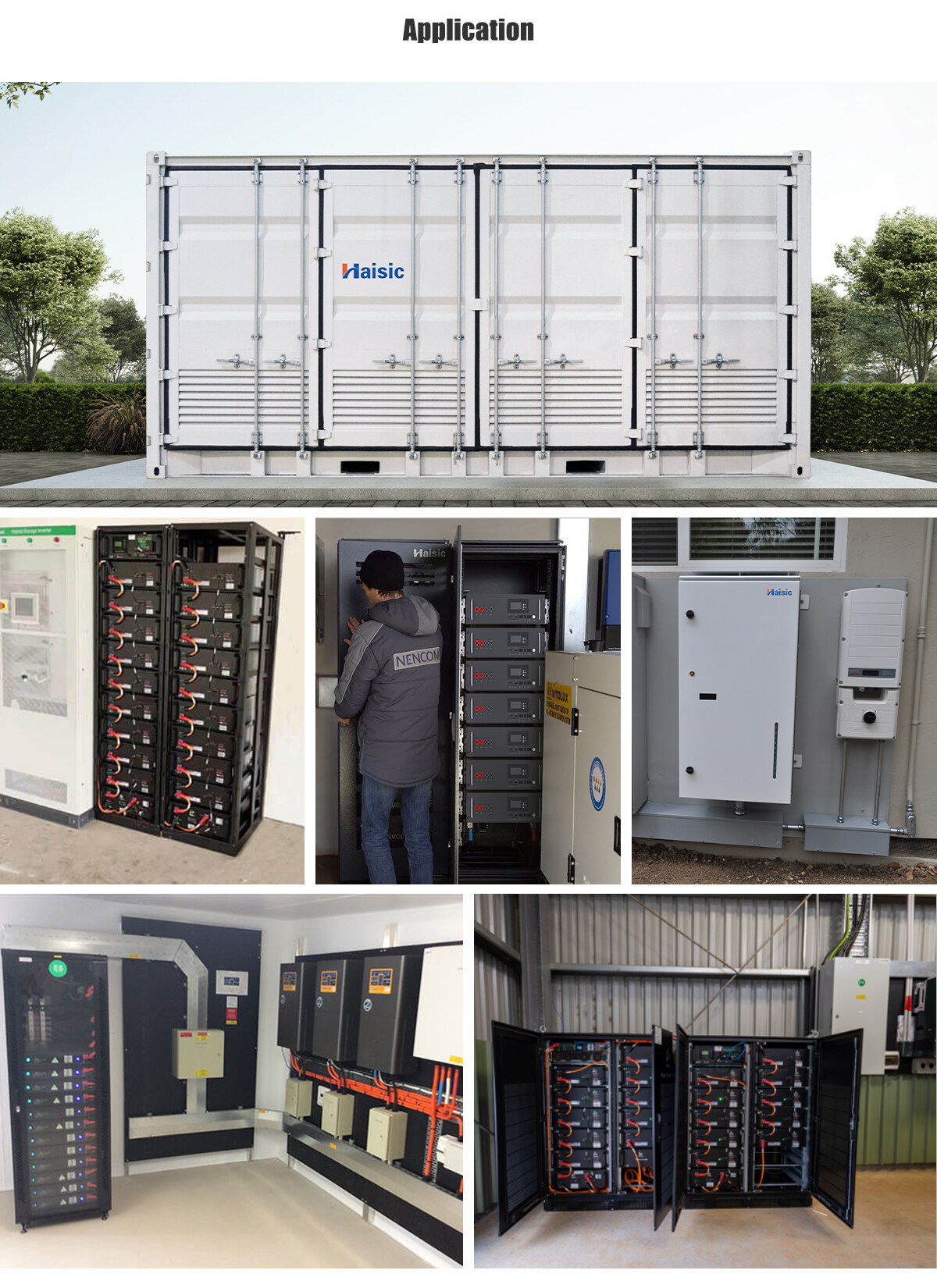Email format error
Email cannot be empty
Email already exists
6-20 characters(letters plus numbers only)
The password is inconsistent
Email format error
Email cannot be empty
Email does not exist
6-20 characters(letters plus numbers only)
The password is inconsistent

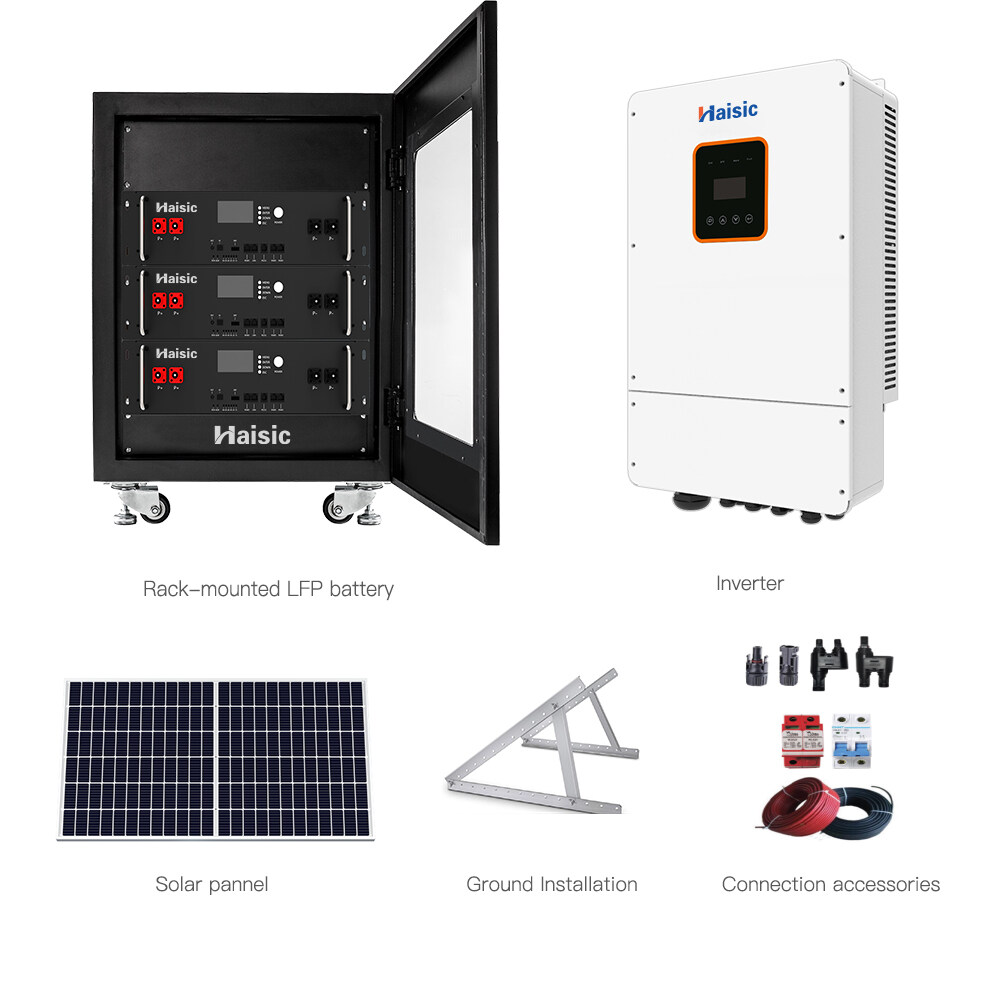
This product line (energy storage battery system) is mostly utilized for small-scale commercial and residential energy storage (5G base station, data center UPS battery, etc.). Customers may also receive technical solutions, photovoltaic components, controllers, inverters, other accessories for a wide variety of energy storage systems, and lithium batteries in addition to the energy storage system's lithium battery. In order to expand the market, it might provide consumers individually tailored appearance services.
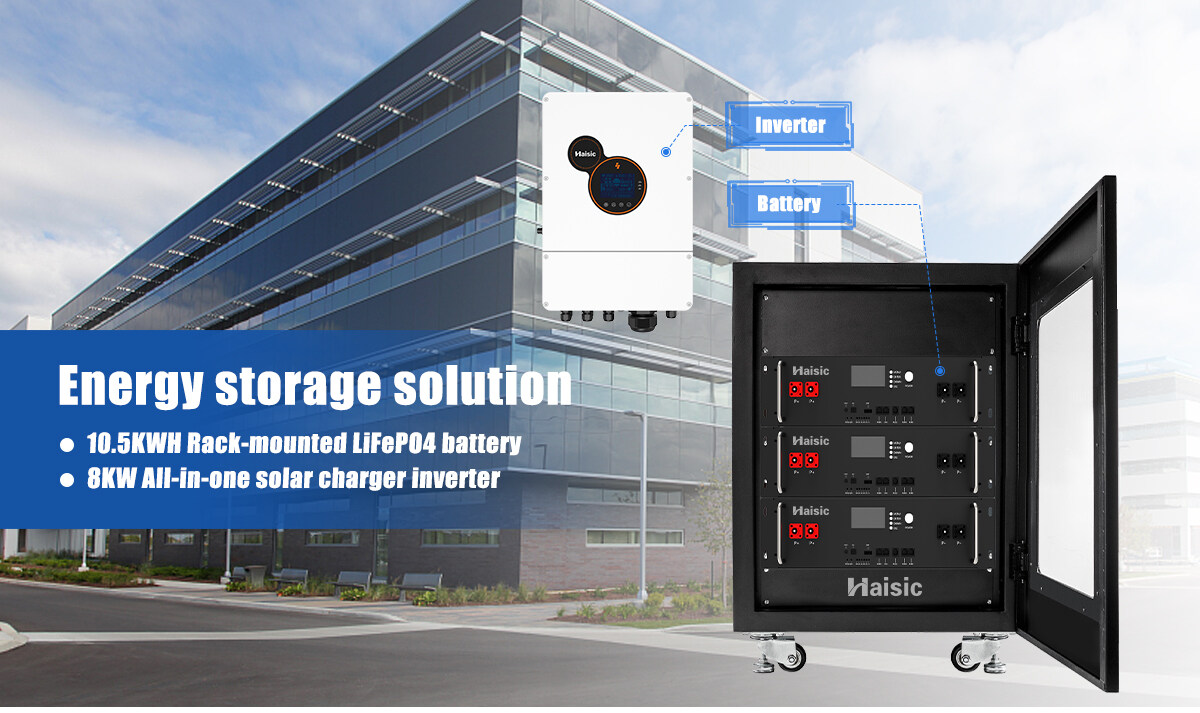
Product Description
This series of products (energy storage battery system) is mainly used in household energy storage and small commercial energy storage (5G base station, data center UPS battery, etc.). In addition to the lithium battery in the energy storage system, it can also provide customers with: photovoltaic Components, controllers, inverters, other accessories for a complete range of energy storage systems, and technical solutions. It can provide customers with customized appearance services to meet the needs of customers to open up the market.
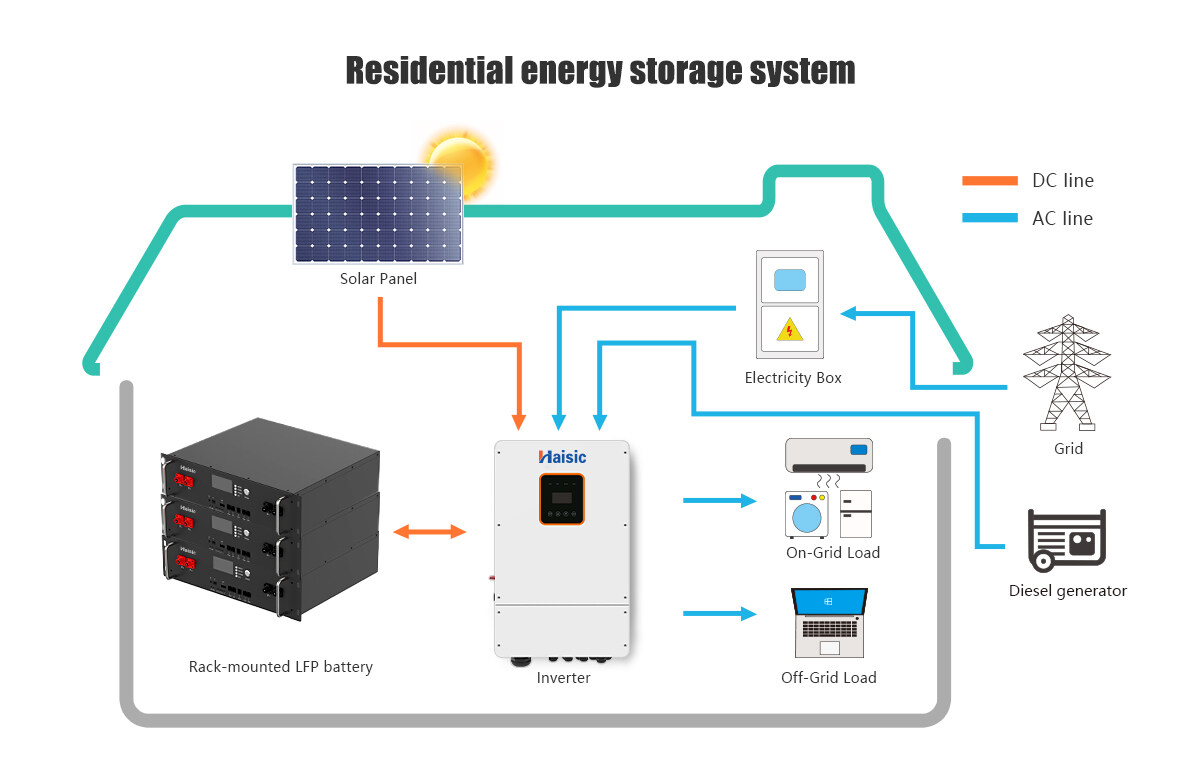
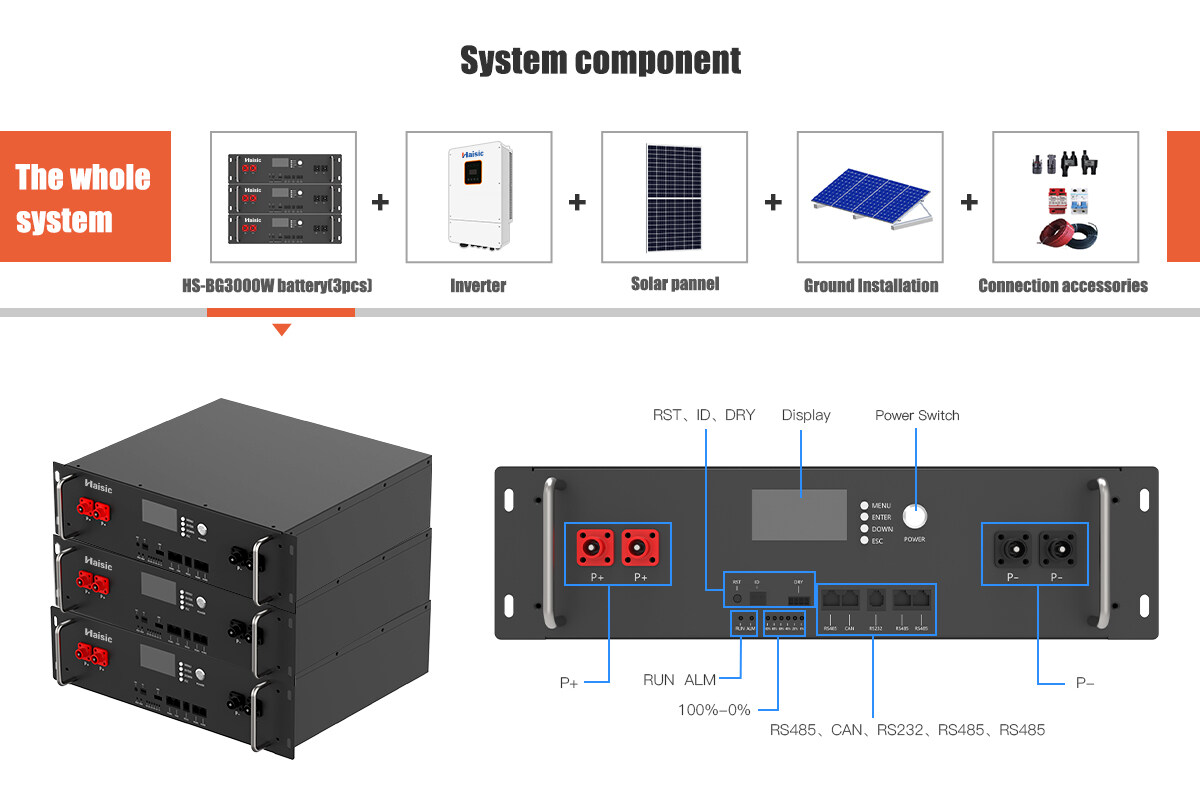
Battery parameters
| Model | HS-GS3000W |
| Rated Voltage(V) | 51.2 |
| Rated Capacity(Ah) | 70 |
| Rated Energy(Wh) | 3584 |
| Voltage Range(V) | 44.8-56 |
| Charge Voltage Range(V) | 55.2-56 |
| Cut-off Voltage(V) | 44.8 |
| Recommend Charge Current(A) | 30 |
| Max Charge Current(A) | 60 |
| Max Discharge Current(A) | 60 |
| Dimension:L*W*H(mm) | 370*420*120 |
| Weight(kg) | 32 |
| Communication Port | RS485、CAN |
| Display | LED+LCD |
| Terminal | Plug-in |
| Compatible inverter | Growatt, Goodwe, Sol-Ark, SRNE,DEYE |
| Humidity(%) | 5-95% RH |
| Charge Temperature Range(℃) | 0-45 |
| Discharge Temperature Range(℃) | -20-60 |
| Storage Temperature Range(℃) | -20-45 |
| Cycle Life | >6000 (0.5C@ 25℃,80% DOD) |
| Design Life (Year) | 15 |
| Safety & Certification | CE,EMC,TUV(IEC62619),UL1973 |
| Transportation | UN38.3 |
The difference between energy storage lithium battery and power lithium battery
1. Different battery capacity
The battery capacity is tested by the discharge instrument, and the capacity of the general power lithium battery is about 1000-1500mAh; the capacity of the energy storage lithium battery is above 2000mAh, and some can reach 3400mAh.
2. Different application industries
Power lithium batteries are used in batteries for electric vehicles, electric bicycles, electric motorcycles, golf carts, electric equipment and tool drive power. Energy storage lithium battery packs are mainly used in energy storage power stations such as water power, thermal power, wind power and solar power stations, communication base stations, photovoltaic charging stations, UPS power supplies, etc.
3. The location of the battery management system BMS is different
In the energy storage system, the energy storage lithium battery only interacts with the energy storage converter at high voltage, and the converter takes power from the AC grid to charge the battery pack; or the battery pack supplies power to the converter, and the electrical energy passes through the converter. The converter is converted into AC and sent to the AC grid. The BMS of an electric vehicle has an energy exchange relationship with the motor and the charger in terms of high voltage. In terms of communication, it has information exchange with the charger during the charging process. In the entire application process, it has detailed information with the vehicle controller. interact.
4. Different types of batteries are used
For the sake of safety and economy, lithium iron phosphate batteries are often used when choosing lithium batteries. At the same time, many energy storage power stations use lead-acid batteries. The current mainstream battery types of power lithium batteries are lithium iron phosphate batteries and ternary lithium batteries.
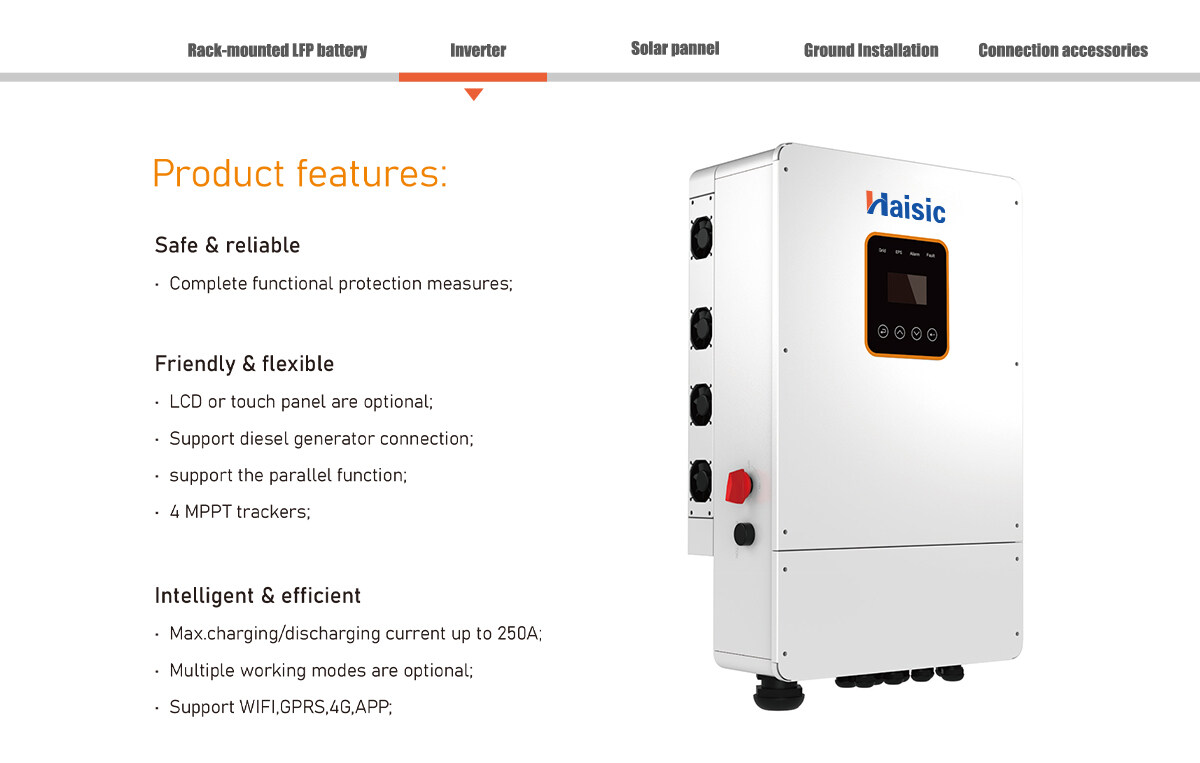
Inverter parameters
| Model | R8KL1 |
| Input (PV) | |
| Max. power(kW) | 12 |
| Max. DC voltage(V) | 500 |
| MPPT voltage range(V) | 120~500 |
| Max.input current of single MPPT(A) | 12 |
| MAX. short circuit current(A) | 15 |
| AC output | |
| Rated output power(kVA) | 8 |
| Max. output power(kVA) | 8.8 |
| Max. output current(A) | 38.3 |
| Ac output voltage(V) | 220,230,240 |
| Frequency (Hz) | 50/60(45 ~ 55, 55 ~ 65) |
| PF | 0.8lagging-0.8leading |
| THDi | < 2% |
| Battery | |
| Nominal voltage (V) | 48 |
| Battery voltage range(V) | 40~60 |
| Max. charge/discharge current(A) | 190/190 |
| Battery type | lithium /Lead-acid |
| Charging strategy for Li-Ion battery | Self-adaption to BMS |
| EPS output | |
| Rated power (kVA) | 8 |
| Rated output voltage(V) | 220, 230 ,240 |
| Rated frequency (Hz) | 50/60 |
| THDu | < 2% |
| Protection | |
| Grounding detection | YES |
| Arc fault protection | optional |
| Island protection | YES |
| Battery reverse polarity | YES |
| Insulation resistor detection | YES |
| Residual current monitoring unit | YES |
| Output over current protection | YES |
| Back-up output short protection | YES |
| Terminal temperature detection | YES |
| Output over voltage/under voltage protection | YES |
| General data | |
| Europe efficiency (PV) | ≥97.8% |
| MAX. battery to load efficiency | ≥97.2% |
| Ingress protection | IP65 |
| Noise emission(dB) | <38 |
| Operation temperature | -25℃ ~ 60℃ |
| Cooling | FAN Cooling |
| Relative humidity | 0 ~95%(non-condensing) |
| Altitude | 2,000m (>2,000 Derating) |
| Dimensions W *D *H (mm) | 430*220*710 |
| Weight(kg) | 41 |
| Display | LCD,Touch panel(optinal) |
| Communication with BMS/meter/EMS | RS485,CAN |
| Communication interface | RS485, WLAN, 4G (optional) |
| Self-consumption at night | < 2.5 W (with battery enabling < 5 W) |
| Certificates | South Africa NRS, IEC 62109-1/-2, IEC 61000-6-1, IEC 61000-6-3 |
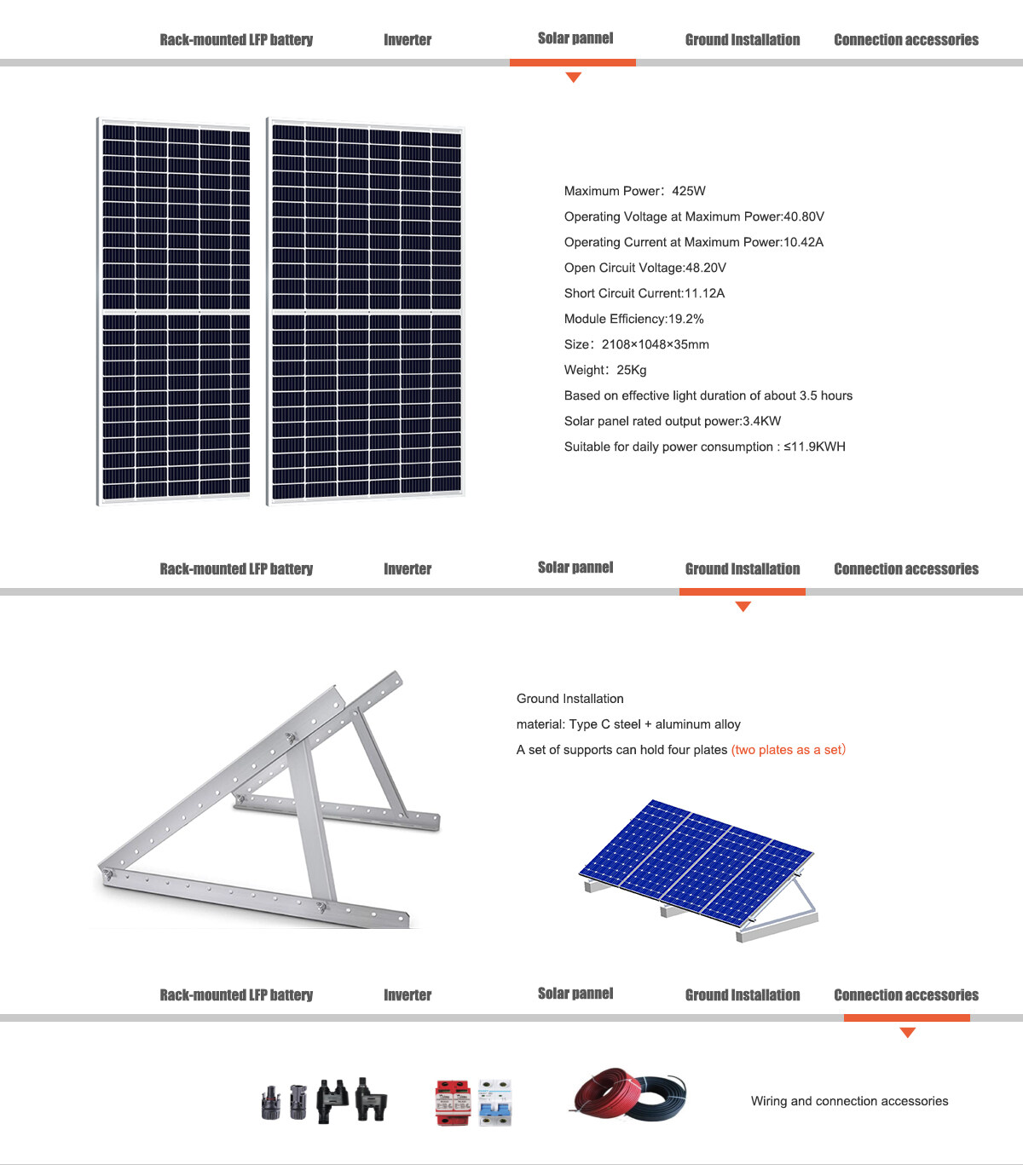
5. Different performance and design
Power lithium batteries focus more on charging and discharging power, requiring fast charging rate, high output power, and vibration resistance, especially emphasizing high safety and high energy density to achieve long-lasting battery life, as well as weight and volume requirements. Energy storage lithium battery emphasizes battery capacity, especially requires operation stability and service life, and mainly considers the consistency of battery modules. In terms of battery materials, attention should be paid to expansion rate, energy density, and uniformity of electrode material performance, in order to pursue the overall energy storage equipment. long life and low cost.
6. Different in nature
Power lithium battery refers to the battery that provides power for transportation. Lithium battery for energy storage is mainly used for emergency power supply, charging station, communication base station, etc.
